Introduction
Among the many rulers of ancient Egypt, few names shine as brightly as Ramses II, also known as Ramses the Great. Reigning for an extraordinary 66 years during the 19th Dynasty (1279–1213 BCE), he left behind a legacy of monumental architecture, military glory, and cultural achievement that still defines Egypt’s image around the world.—Early Life and Rise to PowerRamses II was born into royalty as the son of Pharaoh Seti I and Queen Tuya. From a young age, he was trained in leadership, military skills, and religious duties. By his mid-20s, he had already participated in military campaigns and overseen construction projects. At around 25 years old, he ascended the throne, ready to transform Egypt’s landscape forever.
AchievementsOne of Ramses II’s most famous campaigns was the Battle of Kadesh against the Hittites. Although the battle ended in a stalemate, Ramses portrayed it as a great victory through inscriptions and temple reliefs. His reign also saw the first known peace treaty in recorded history, signed with the Hittites, marking Egypt’s diplomatic strength.
Military
The Master BuilderRamses II earned his title as the “Great Builder” for his vast architectural projects:Abu Simbel Temples – Two colossal temples carved into rock to honor himself and Queen Nefertari.Ramesseum – His grand mortuary temple on the west bank of Thebes.Expansions to Karnak and Luxor Temples.Numerous statues, obelisks, and reliefs across Egypt, many featuring his likeness.These constructions were not only religious and political symbols but also a way to immortalize his name in stone.
Family and LegacyRamses II fathered over 100 children and married several wives, including the beloved Queen Nefertari. His long reign brought stability, prosperity, and artistic flourishing to Egypt. When he died at around 90 years old, he was buried in the Valley of the Kings, although his mummy now rests in the Egyptian Museum in Cairo.
Why Ramses II Still Matters TodayThe monuments Ramses II commissioned remain some of the most visited and admired sites in Egypt. His life story blends military ambition, political diplomacy, and artistic vision, making him a timeless symbol of Egyptian greatness.

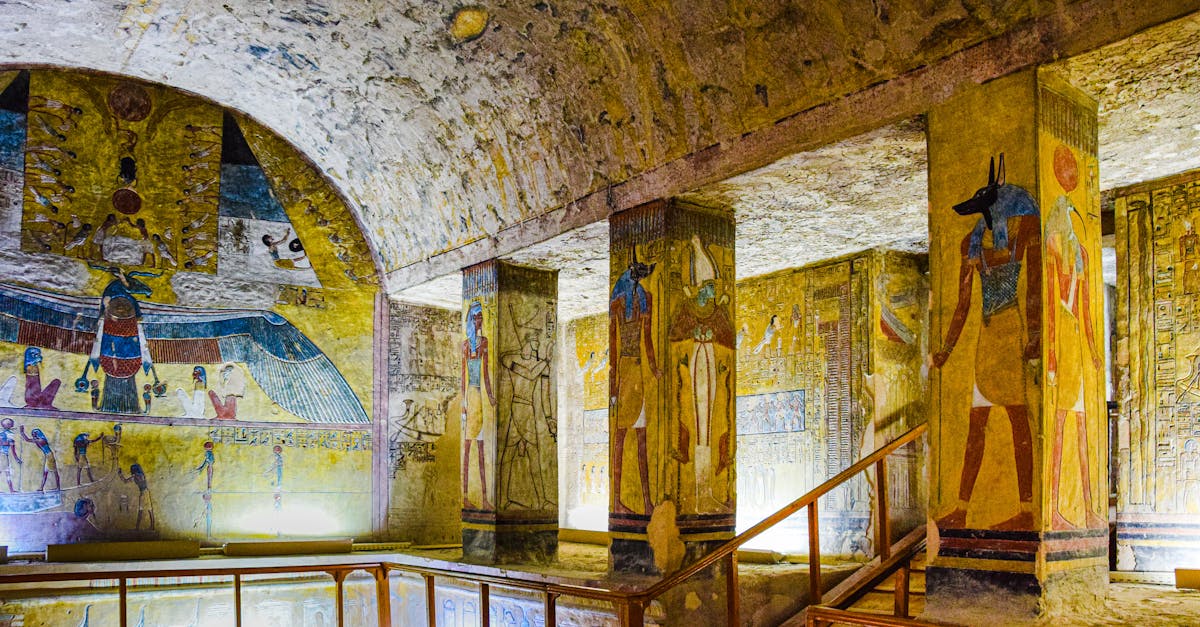
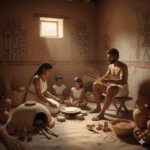
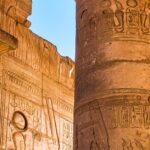
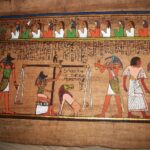
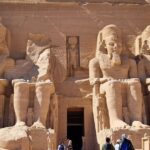

Leave a Reply